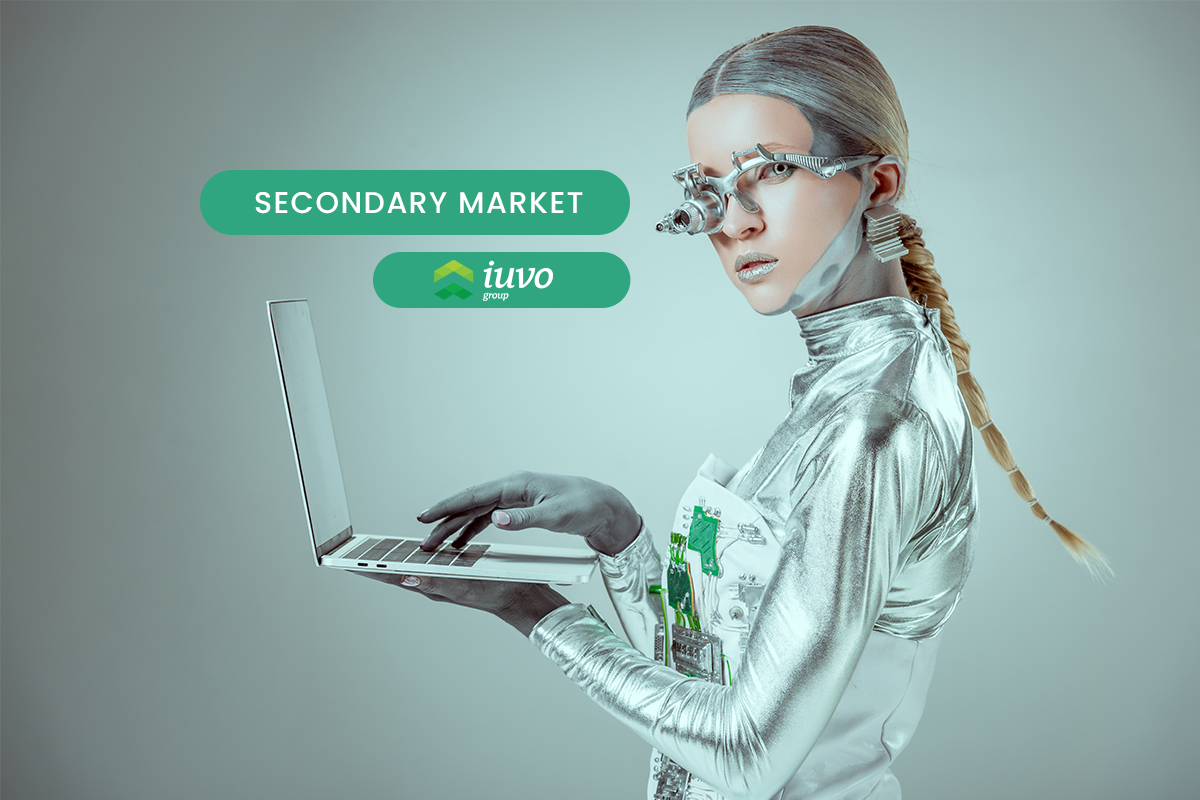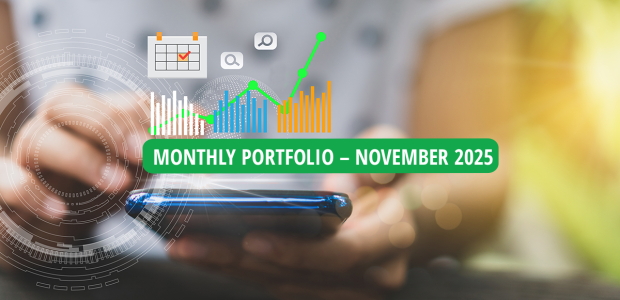Since today, secondary market has updated terms. Now the maximum discount you can place when selling your investments on secondary market is -2%, and the maximum premium (markup) is +2%.
What is secondary market?
Secondary market is a place on iuvo’s platform where you can list your investments in loans for sale to other investors, or to buy investments from other investors. On secondary market, you can buy loans manually only.
Secondary market is an addition to the platform and it is not necessary to use it to invest with iuvo. Primary market is the place where the originators list their loans for investment.
If you are going to use secondary market, it is recommended to be a more experienced investor or to consult with our team first before you buy anything there because there is a speculative element.
What are the benefits of secondary market?
Secondary market gives the possibility to sellers to get out of investment in loans faster. The freed funds they usually use to invest with iuvoSAVE or invest in other loans on iuvo’s P2P market that are closer to their criteria, or just to have free cash to cover personal expenses.
The buyers get the possibility to invest in loans which are no longer available on primary market, have longer history of paid installment in order to analyze a pattern, or to make additional profit when they buy loans with a discount.
How to sell/buy on secondary market?
Go to the “My Investments” page and choose which loans and what amount of the investment you want to sell, and you also have the option to choose all. The selected investments visualize in the shopping cart and its “My Investments” tab. Above the loans, there is a green row with an empty field inside of it, which you can use to change the price if you wish to do so. The discount percent needs to be entered with a minus in front of it, premium price does not require anything before the digits, and to sell on nominal price, you do not need to enter anything here. In order to make an invested amount available, it is necessary that other investors like your offers and buy something from you.
Please keep in mind that if you have successfully sold an amount on secondary market, you may be charged with a fee that can go up to 1% of the selling price of the loan, depending on your investor profile status.
Buying loans from sellers on secondary market happens manually, the same way as it is on primary market. The only difference here is that you have to pay attention to the last three columns on the market, especially “Discount/Premium”, because they show you if a seller has changed the price and in what direction.
What is discount/premium?
As a seller, you have the possibility to change the price of the loans when you list them for sale to buyers.
You can list loans for sale with a premium if you wish to speculate. On secondary market, it is visualized with a red color of the percent in the column “Discount/Premium”. You realize profit when you sell an amount because the buyers pay you a higher price than the nominal amount of the loan.
Premium can be between 0.1% and 2% according to the new terms.
You can list loans for sale with a discount, with the goal to get out of an investment faster. In the “Discount/Premium” column on secondary market, the percent is visualized with a green color and a minus in front of the digit. The buyers are more motivated to buy loans with a discount because they make additional profit, regardless of the borrower’s behavior, as they pay a lower price than the nominal amount of the loan. Opposite to the premium, the difference between the selling price and the nominal amount gets out of the sellers’ wallet.
Discount can be between -0.1% and -2% according to the new terms.
You can list loans for sale on nominal price, without changing anything. It is visualized as 0.00% in the “Discount/Premium” column on secondary market. For the buyers, there is no difference with a purchase from primary market.
We remind you that when there is a payment from a borrower, principal and interest receive only investors that currently own a share of the loan, and no backdated dividends are paid to investors who have sold their share.
 en
en 







